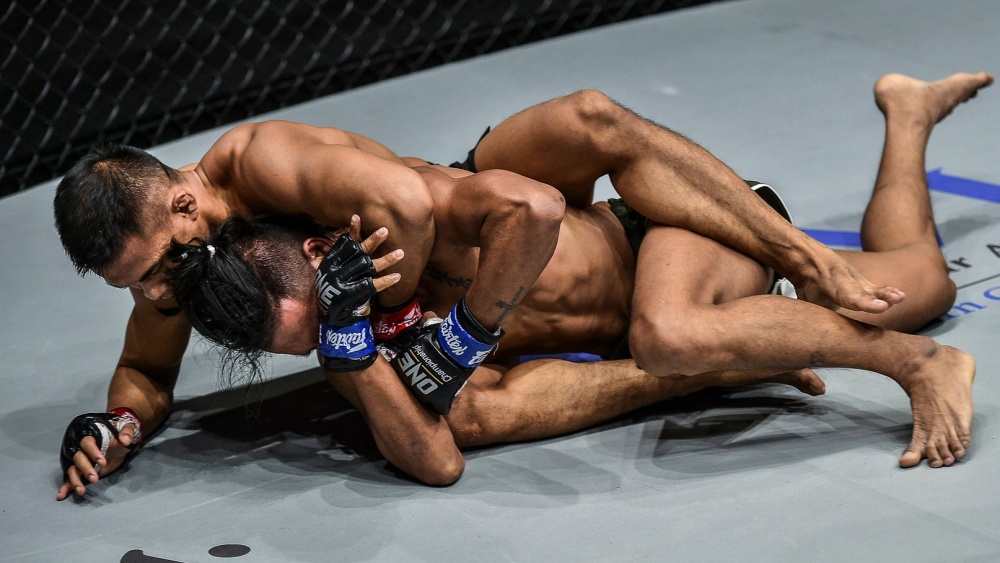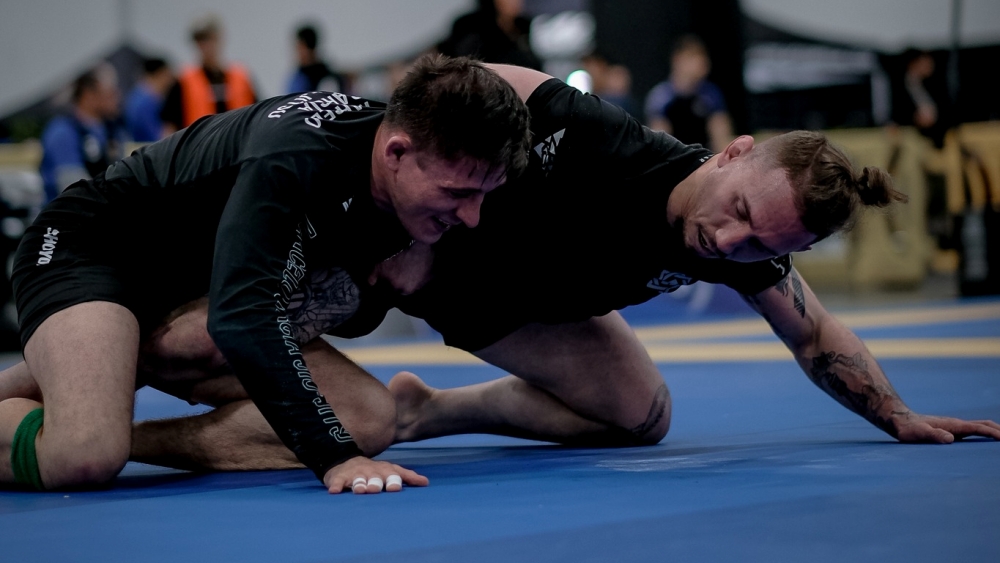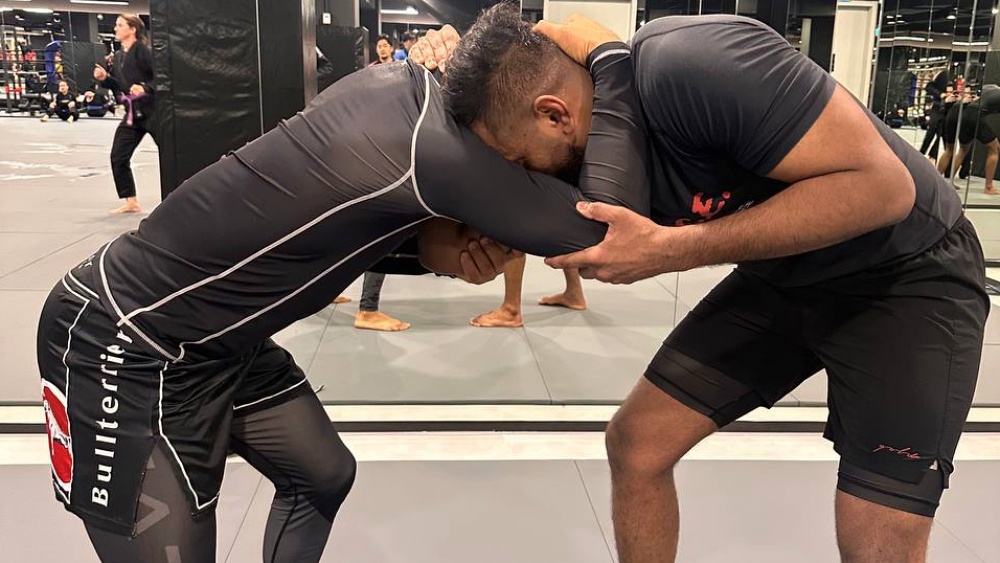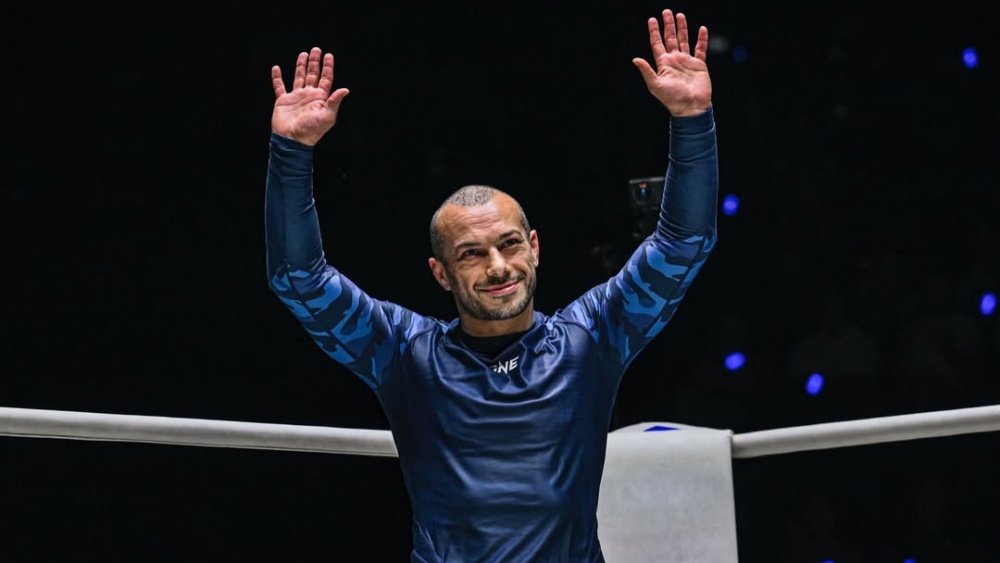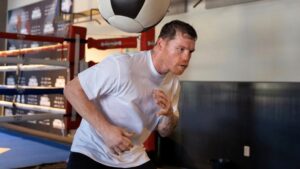In combat, one of the best ways to control an opponent is to control their upper body. Upper body control is an easy and straightforward way to break their posture in the stand-up portion and pass their legs on the ground. It is a complex task to control the opponent’s upper body as you have to get through a line of defenses such as their hands and hips.
But once you successfully control the opponent’s upper body, passing the guard becomes very hard to stop. In this article, we will talk about the application of the body lock in BJJ and MMA.
The Body Lock
The body lock can be separated into two applications – in the stand-up and on the ground. Typically in the stand-up, the ideal body lock is used to control the opponent’s upper body by trapping their torso using your arms via underhooks. This is no easy feat as the opponent will surely use their arms to defend themselves. The body lock can still be applied while trapping one (over-under) or both the opponent’s arms (double over), limiting their ability to move. A successfully applied body lock can be used to go behind the opponent, set up different takedowns, or strikes in MMA.
On the ground, the body lock is also used to control the opponent’s torso by wrapping your arms around their waist as you pass their guard and move to side control or mount. The body lock is typically used against the butterfly guard as it neutralizes the hooks by limiting the use of the opponent’s legs.
Applying An Over Under Body Lock
In the stand-up, it can be difficult to get good body lock control from the over-under position. In an over-under, where you and the opponent are in the same position, the opponent’s upper body is strong and upright. Thus, in this position, it is hard to re-grip and lift their arm away from their body in your underhooking side because there is no space, especially when they have their grips locked in.
To get the dominant over under body lock, change levels by bringing your knee down. Swing your underhooking arm near your body to create momentum and get the underhook back as you pop your body up. This allows you to create space as you lift your body up from changing levels, enabling you to flare their hand away from their torso on your underhooking side. Finish by securing the over-under with a gable grip.
Takedown From The Body Lock
Begin in the over-under position and secure the body lock low on the opponent’s back. Step around and behind the opponent’s leg (their underhooking side) as you pull the body lock tight to your chest. Pull the opponent tight against your chest as you pop your hips in and sit back to the mat. As you fall back, rotate your body around so that you land on side control.
After shooting for a single leg takedown, head in with your body on the side, transition your grips from the single leg to the body lock. Place your body lock grip between the opponent’s waist and ribs. Drive your head towards their chest while squeezing to bend their body backward. This will break the opponent’s upright posture back. Step your other leg over their far leg to bring them down on the mat. Secure the mount position as you fall.
The Body Lock Pass
Starting from the standing open guard pass with the opponent in a seated butterfly guard position, grab their leg on the side you want to pass. To pass the butterfly guard with the body lock pass, you have to stop the opponent’s leg from going outside to your hip on the side you want to pass, as it allows the opponent to re-guard. As you block their leg, dive your head forward to their chest as your other hand underhooks their torso behind the waist.
Use your leg to block their feet from getting outside your hip. Let go of grabbing their leg and use your hand to reconnect with your underhooking hand behind their waist. Keep your elbow blocking the top of the opponent’s thigh. This prevents the opponent from freeing their leg and bringing their knee towards their chest, making it challenging to apply the body lock. To make it difficult for the opponent to recover their guard, use your head to drive on their chest on the side you are passing, to prevent them from using their arms to push on your legs or arms.
As you lock your hands, bring your leg past the passing side. Turn your hip to the other side by sprawling and step your other leg on top of their knee. Put your head to the other side of their body and apply pressure by driving your shoulder towards their chest. From this position, the opponent will usually lock the half guard. Pass the half guard by pinching your knees together and pummeling your feet inside their leg. From here, free your trapped leg by bringing your knee up. Move to side control or full mount to secure the pass.
Conclusion
The body lock is a versatile technique that lives up to the central concept of grappling – closing the distance. It is easy to perform and requires little athleticism to become efficient at. In today’s meta, where different types of guards are used to create space and distance against the opponent, the body lock is an absolute must-learn to overcome opponents of all skills and styles. Grapplers of all levels can safely use this technique, be it in BJJ, MMA, or even self-defense situations, both in standing or on the ground.
Using your body to limit movement is the key to a solid body lock pass. Be mindful of your positioning at all times, and you should be able to smash even the toughest guards in your gym. Have fun!
You may also like:
